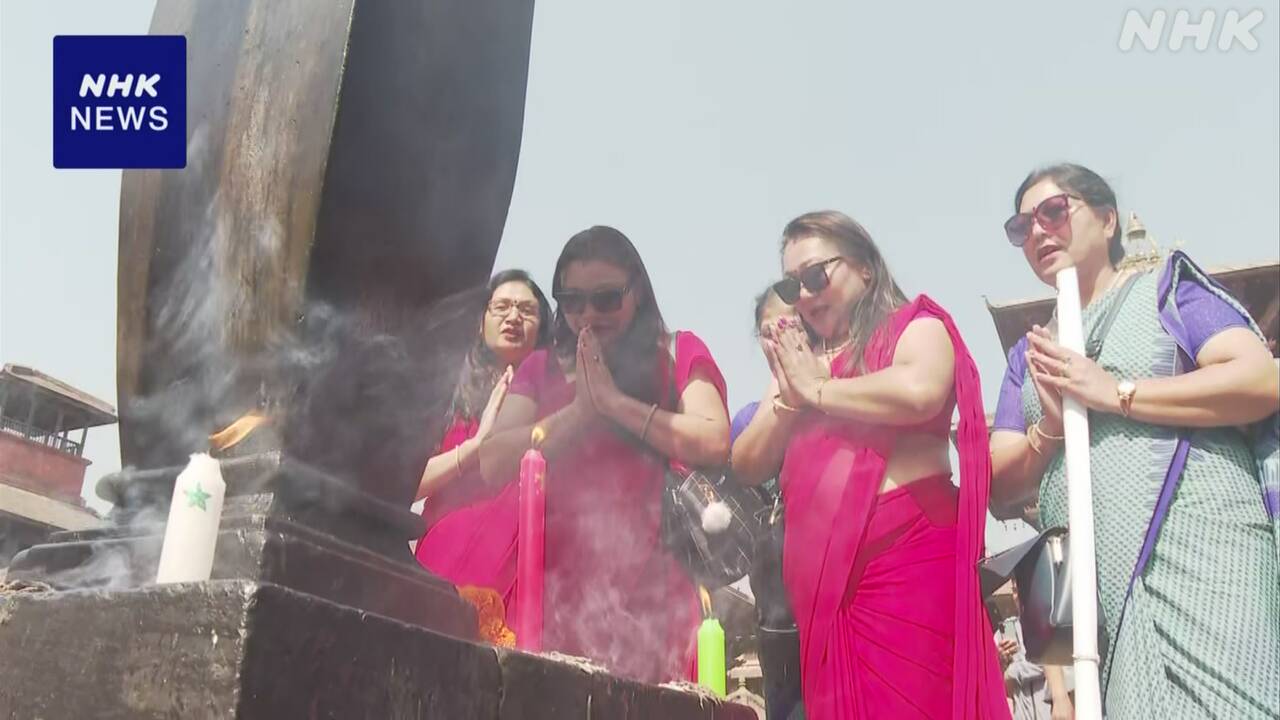Nepal's Earthquake Decade: Building Back Stronger
Ten years after the devastating 2015 Gorkha earthquake, Nepal continues its journey of recovery and reconstruction. This anniversary offers a crucial opportunity to reflect on the progress made, the challenges that persist, and the path forward towards building a more resilient nation. The earthquake, measuring 7.8 on the Richter scale, claimed thousands of lives, leaving a trail of destruction across the country, particularly in the Kathmandu Valley and surrounding mountainous regions. This article explores the decade's key milestones, highlighting both successes and ongoing struggles in Nepal's earthquake recovery.
The Immediate Aftermath and Early Response
The immediate aftermath of the earthquake was chaotic. International aid poured in, but the logistical challenges of reaching remote villages and coordinating relief efforts were immense. The destruction of critical infrastructure, including roads and communication networks, hampered rescue and recovery operations.
- Challenges: Initial relief efforts faced hurdles due to bureaucratic inefficiencies, corruption concerns, and the sheer scale of the disaster.
- Successes: The international community's swift response prevented a greater humanitarian crisis, providing essential food, shelter, and medical aid to millions of affected people.
Reconstruction Efforts: A Decade of Progress and Setbacks
The reconstruction phase, while showing progress, has been protracted and complex. The government, along with international partners, launched ambitious reconstruction programs focused on housing, schools, and healthcare facilities.
Housing Reconstruction: A Slow but Steady Pace
The National Reconstruction Authority (NRA) played a central role in coordinating housing reconstruction efforts. However, delays in disbursement of funds, land ownership disputes, and bureaucratic complexities slowed progress.
- Challenges: Slow disbursement of funds, complex bureaucratic procedures, and land ownership issues hampered the reconstruction of homes.
- Successes: Millions of homes have been rebuilt or repaired, though many remain incomplete, particularly in remote areas.
School and Hospital Reconstruction: Investing in the Future
The earthquake severely damaged thousands of schools and hospitals, impacting access to education and healthcare. Reconstruction efforts in this sector have seen some success, with many new, earthquake-resistant structures built.
- Challenges: Ensuring that newly constructed schools and hospitals meet earthquake-resistant building codes remains crucial.
- Successes: Significant investment has been made in building safer and more resilient educational and healthcare facilities.
Building Back Better: Lessons Learned and Future Directions
The earthquake served as a stark reminder of the vulnerability of Nepal's infrastructure and the importance of disaster preparedness. The decade has witnessed a growing focus on:
- Earthquake-resistant construction: Implementation of stricter building codes and training programs for construction workers is essential.
- Disaster risk reduction: Investing in early warning systems, community-based disaster preparedness, and improved land-use planning is crucial.
- Transparency and accountability: Strengthening governance structures and ensuring transparency in the use of funds are vital for future reconstruction efforts.
The Road Ahead: Sustaining Momentum
Nepal's journey towards building back stronger continues. While significant progress has been achieved, considerable challenges remain. Sustained commitment from the government, international partners, and the Nepali people is crucial to ensure that the lessons learned from the 2015 earthquake are translated into a more resilient and prosperous future. The focus should be on completing outstanding reconstruction projects, strengthening disaster preparedness mechanisms, and promoting sustainable development practices.
Keywords: Nepal earthquake, 2015 Gorkha earthquake, Nepal reconstruction, earthquake recovery, disaster relief, building codes, disaster preparedness, sustainable development, resilience, National Reconstruction Authority (NRA).
Related Articles (Internal Links - example, replace with actual internal links):
- [Article on Earthquake-resistant Construction in Nepal]
- [Article on Disaster Preparedness in Nepal]
External Links (Example - replace with relevant and authoritative external links):
- [National Reconstruction Authority (NRA) Website]
- [World Bank Report on Nepal Earthquake Reconstruction]
Call to Action: Learn more about how you can contribute to Nepal's ongoing recovery efforts. [Link to relevant NGO or charity].
